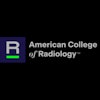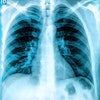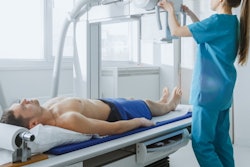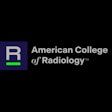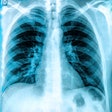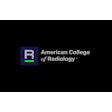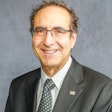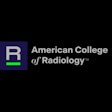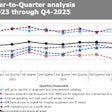Vacancy rates remain high for all medical imaging specialties, according to the 2025 American Society of Radiologic Technologists (ASRT) Radiologic Sciences Staffing and Workplace Survey.
While vacancy rates -- the number of unfilled positions that are being actively recruited -- slightly declined for some imaging disciplines since the ASRT’s previous survey in 2023, the new data published on July 25 show these are still at or near all-time highs.
"Our solutions must take into account each role and the ecosystem we share as well as the critical need for mutual support among roles in the efforts to deliver quality care under the direction of a radiologist-led team," said ASRT president Brandon Smith to AuntMinnie.com.
The ASRT emailed its biennial survey in March and closed the survey in May. It collected responses from 475 radiology department managers across the U.S.
The survey found that while most disciplines experienced modest decreases, others, such as CT, MRI, and bone densitometry, increased in vacancy rates, with CT reaching an all-time high.
Vacancy rate changes between 2023, 2025 ASRT workforce surveys | ||
Imaging modality | 2023 findings | 2025 findings |
Radiography | 18.1% | 15.6% |
CT | 17.7% | 19.4% |
Cardiovascular interventional technology | 18.6% | 17.4% |
Sonography | 16.7% | 12.4% |
MRI | 16.2% | 17.4% |
Mammography | 13.6% | 11.4% |
Nuclear medicine | 14.5% | 12.6% |
Bone densitometry | 6.9% | 16.3% |
These numbers are still above 2020 vacancy rates, the ASRT noted. The society also said this data aligns with increased vacancy rates in various U.S.-based healthcare settings.
"Survey results from the American Hospital Association, National Nurses United, Hospital and Healthcare Association of Pennsylvania, and many others point to spikes in vacancy rates during the past several years," the ASRT said.
The data also aligns with similar trends the ASRT reported in its 2024 Radiation Therapy Staffing and Workplace Survey.
The 2025 Radiologic Sciences Staffing and Workplace survey also provided data on changes in full-time equivalent staff, vacancy rates by U.S. regions, and facility demographics. For example, 52% of survey respondents work at hospitals, 16% work at imaging centers, and 7.8% work in physician offices.
Smith told AuntMinnie.com that practice managers have the opportunity to partner with academic programs to accommodate applicant increases with aligning clinical site capacities to support the growing pipeline.
"The ASRT has received reports of increases from some academic programs since the society introduced a number of campaigns to boost awareness of the medical imaging and radiation therapy profession. One update we received identified a 200% increase in program applicants," Smith stated. "It is crucial we recognize trends as the current vacancy rates are cyclical as fluctuations have occurred in the past and may occur again in the future."

